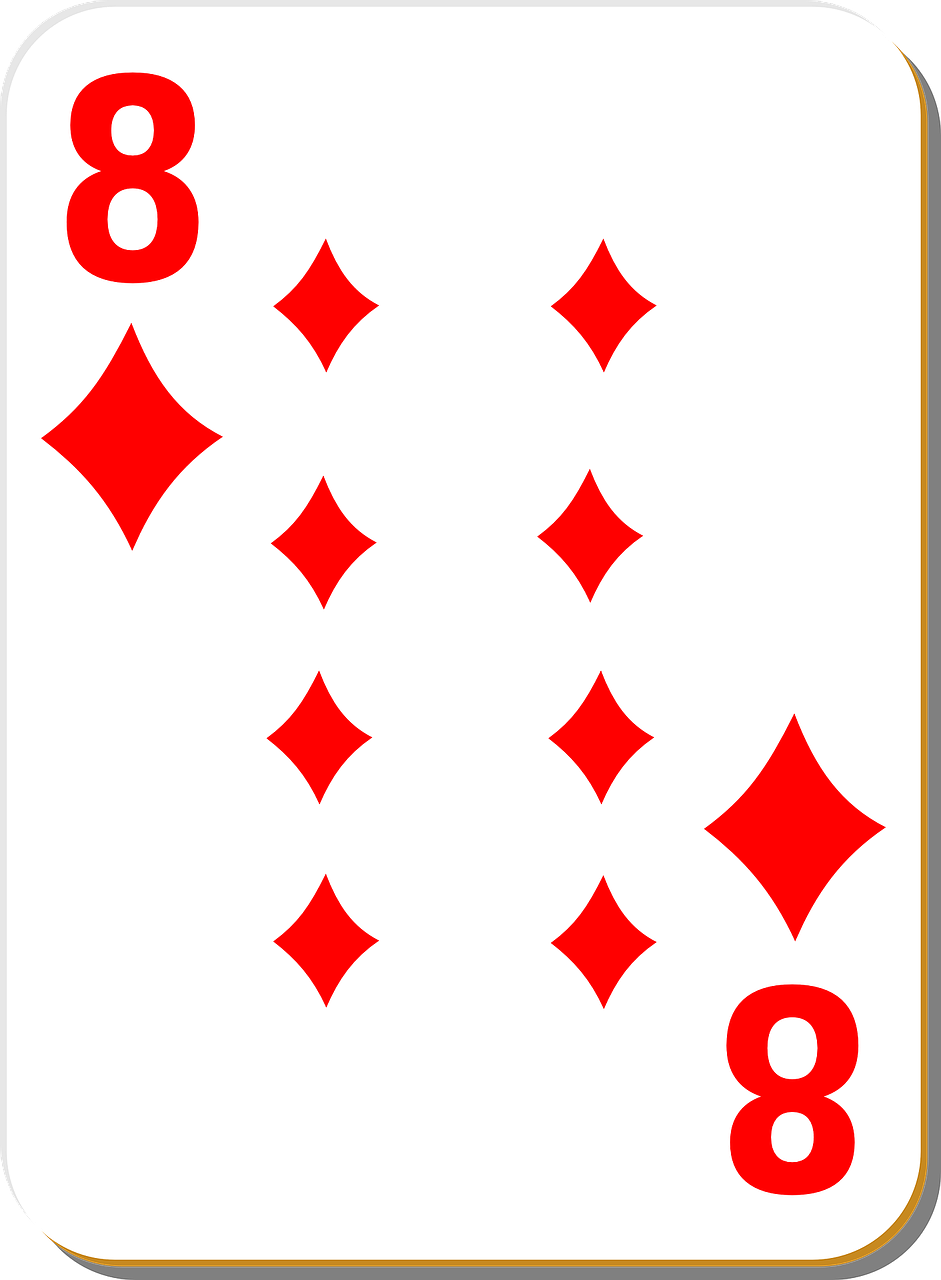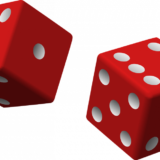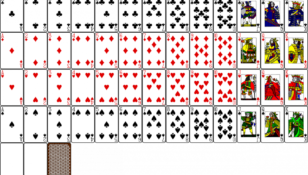Counting cards in blackjack is a strategy used by professional players to gain an advantage over the casino

It involves keeping track of the ratio between high and low cards that remain in the deck, allowing the player to make more informed decisions and adjust their betting accordingly. In this article, we will explore the ins and outs of counting cards in blackjack, its historical development, and provide valuable insights for anyone interested in casino games.
Introduction to Counting Cards in Blackjack
Counting cards in blackjack is a technique that enables players to estimate the probability of receiving favorable cards. By keeping track of the cards already played, players can better predict the likelihood of high or low-value cards appearing, thus adjusting their gameplay accordingly.
It is essential to note that counting cards is not illegal. However, casinos frown upon this technique, and if caught, players may be asked to leave or banned from the premises. It is crucial to practice card counting discreetly and avoid drawing attention to yourself.
Historical Development of Counting Cards in Blackjack

The concept of counting cards in blackjack originated in the 1960s when mathematicians and statisticians began studying the game. Notably, Edward O. Thorp’s groundbreaking book, “Beat the Dealer,” published in 1962, popularized card counting methods. Thorp’s book introduced the concept of the “Ten Count,” which focused on tracking the ratio of high to low cards.
Thorp’s book sparked a revolution in the blackjack community, as players realized the potential to gain an advantage over the house. Casinos quickly caught on and implemented countermeasures, such as shuffling the deck more frequently, to deter card counters.
Over the years, various card counting systems have emerged, each with its own nuances and complexities. Some of the most well-known systems include the Hi-Lo, KO, and Omega II methods. These systems assign numerical values to each card and require players to keep a running count based on the cards dealt.
How Counting Cards Works
Counting cards in blackjack involves assigning a value to each card that appears on the table. Typically, low cards (2-6) have a positive value (+1), while high cards (10-Ace) have a negative value (-1). Neutral cards (7-9) maintain a value of zero.
As the cards are played, players keep a running count of the card values they see. A positive count indicates that there is a higher proportion of high cards remaining in the deck, favoring the player. Conversely, a negative count implies a higher proportion of low cards, giving the house an advantage.
Using the running count, players can determine the true count, which considers the number of decks remaining in play. This adjustment helps to improve the accuracy of the card counting strategy.
Implementing the Counting Cards Strategy
Now that we understand the basics of counting cards in blackjack let’s delve into how players can implement this strategy effectively:
1. Master Basic Strategy: Before attempting to count cards, it is crucial to understand and memorize basic blackjack strategy, including when to hit, stand, double down, or split. Counting cards alone is not enough to secure consistent profits. Basic strategy provides the foundation for successful gameplay.
2. Choose a Card Counting System: Select a card counting system that suits your style of play and level of expertise. The Hi-Lo method is widely recommended for beginners, as it is relatively straightforward to learn and implement effectively.
3. Practice, Practice, Practice: The key to mastering card counting is extensive practice. Start with online blackjack games and simulate real casino scenarios. Gradually progress to playing in live casinos, continuously honing your skills.
4. Maintain Discretion: Casinos are vigilant in detecting card counters. Avoid behaviors that may draw attention to yourself, such as excessively large bets or dramatically changing your betting pattern. Stay calm, focused, and blend in with other players.
5. Manage Bankroll Wisely: Card counting does not guarantee immediate or consistent winnings. It provides a statistical advantage over the house in the long run. It is crucial to have a disciplined approach to bankroll management and avoid chasing losses.
Conclusion
Counting cards in blackjack is a strategy that requires skill, practice, and discipline. While it offers players a statistical advantage over the house, it is not a foolproof method for consistent winnings. Casinos have implemented countermeasures to deter card counters, necessitating discreet and careful execution.
Remember, the primary goal when playing blackjack should be to have fun and enjoy the game. Counting cards can enhance the excitement for some players but always ensure responsible gambling practices.
Overall, understanding the techniques and history of counting cards in blackjack provides players with valuable insights into the game’s complexities. It adds depth to the casino experience and allows enthusiasts to appreciate the strategic nuances that make blackjack such a captivating game. Whether you decide to try your hand at card counting or simply observe the strategy in action, counting cards in blackjack remains an intriguing aspect of casino gaming.

















